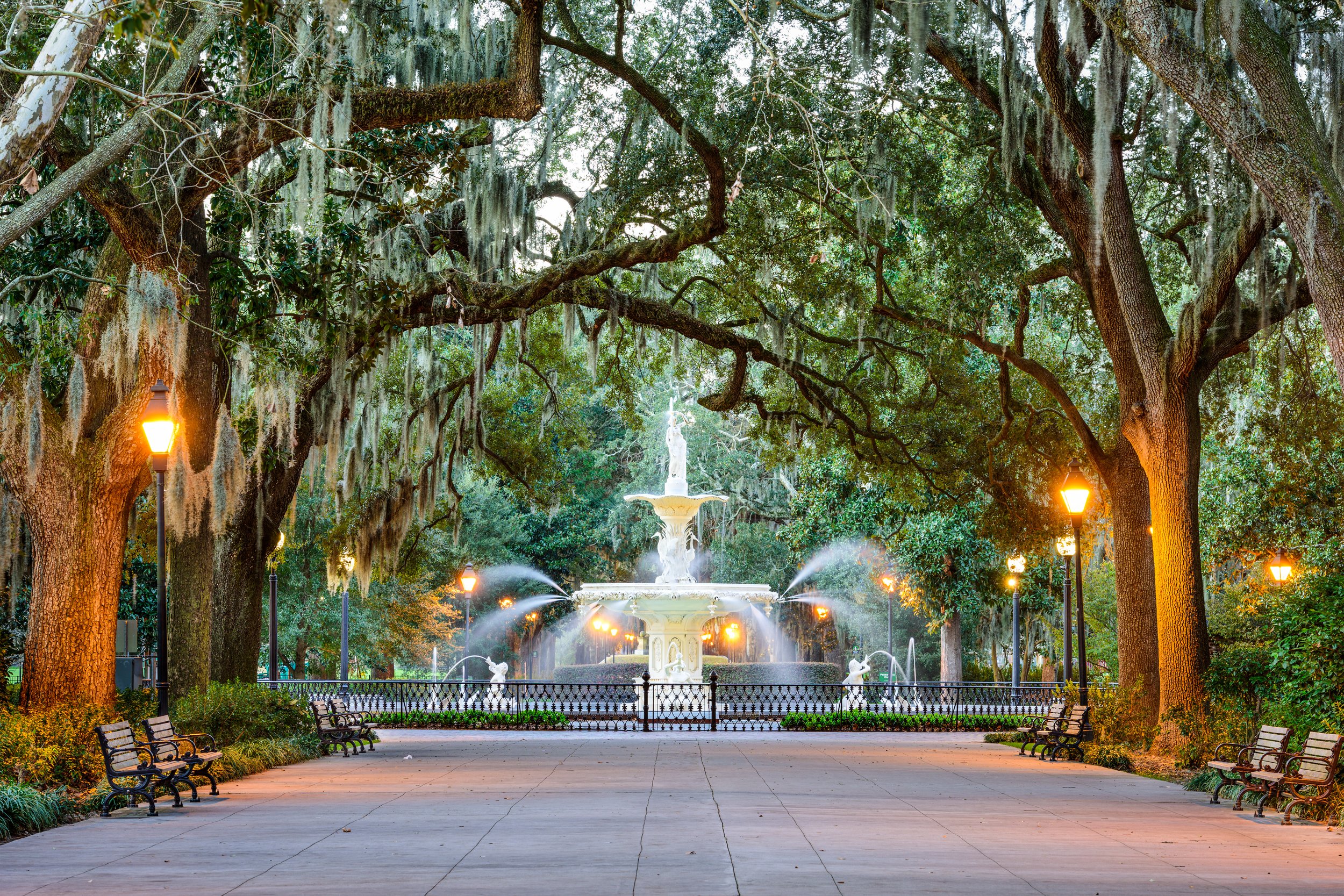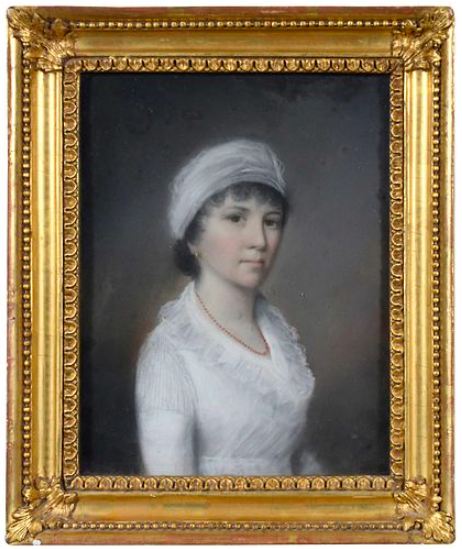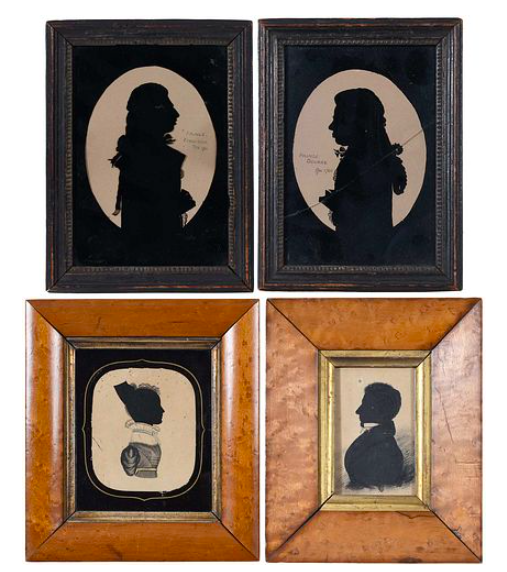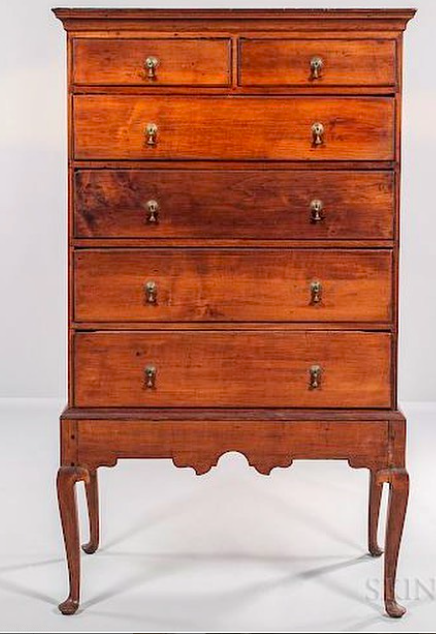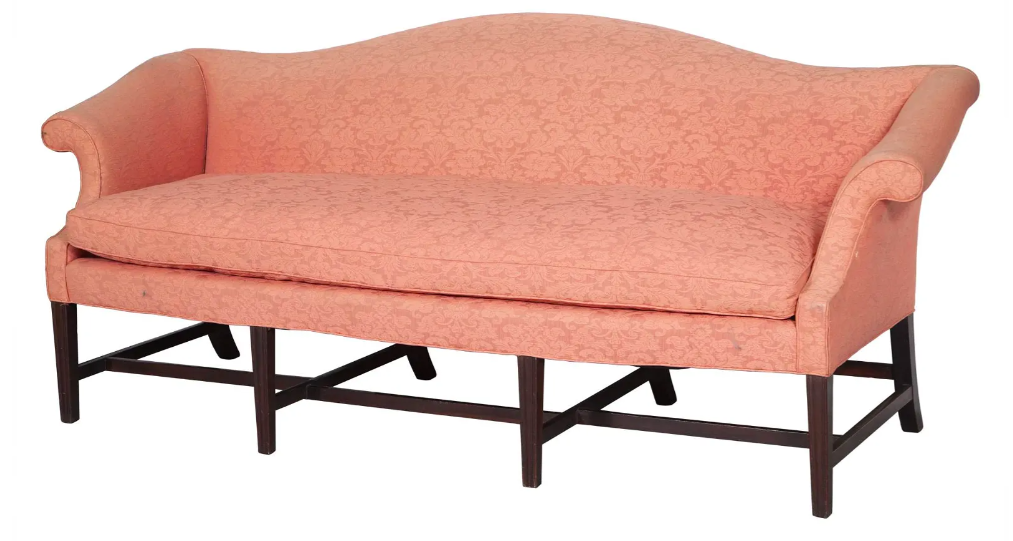
The Captain Hills Suite
The Captain Hills suite was originally the fanciest bed chamber for the house and the Hills family back in the 1690s. It would have been where the head of the household slept.
The majority of the room today appears much as it did in the 1740s when the family, under Captain David Hills, expanded the house to accommodate their growing numbers. One of the remarkable features of this suite is the original or very early paint color on the raised paneled fireplace wall. It is extremely rare to find an intact original paint scheme on most of the trim work in a given space, making this room unique in the house. The color, called "lampblack," is made of linseed oil paint and is believed to date from the 1740s to the 1760s. The flooring is pitch pine (heart pine), also dating to the 1740s.
All the antiques in this suite are from the 18th or early 19th centuries, predominantly from the New England area. The suite is named after Captain David Hills, the patriarch of the Hills family for most of the 18th century. He and his wife, Mary Lord Pitkin, were responsible for the house's current appearance. They married in 1745 and had eight children, all of whom survived to adulthood. David fought in the French and Indian War and was called to aid the English at Fort William Henry in August 1757. He was also active in the Revolutionary War, providing beef and supplies to the Continentals. While there is no record of David fighting in the Revolutionary War, likely due to his older age, three of his sons did fight. The Hills family was prominent in the East Hartford Society and Hartford as a whole during the 18th century. They owned and operated a timber mill, which may explain the size, scale, and refined nature of the house.
The Antiques
Artist Bio: James Sharples Sr British/American (1751-1811)
James Sharples was a prominent portrait artist in England, first exhibiting at the Royal Academy in 1779, and then in the early Colonies starting in 1794. James’ wife Ellen and younger son James Jr were also gifted artists. They landed in New York, where these pastels were likely painted. They also spent time in Philadelphia and New England before returning to Bath England in 1801 and then coming back to the colonies in/around 1806. James painted many of the leading figures of the day including George Washington, Alexander Hamilton, Thomas Jefferson and John Adams to name a few… these pastels fit right at home in this 18th century bedchamber.
History Of: British School Silhouettes
Silhouettes got their name from Etienne de Silhouette who was a Finance Minister in France during the 18th century, and an amateur artist. He was also known to be very cheap. This reputation gave these inexpensive profile portraits that he and others produced to become known as "silhouettes".
